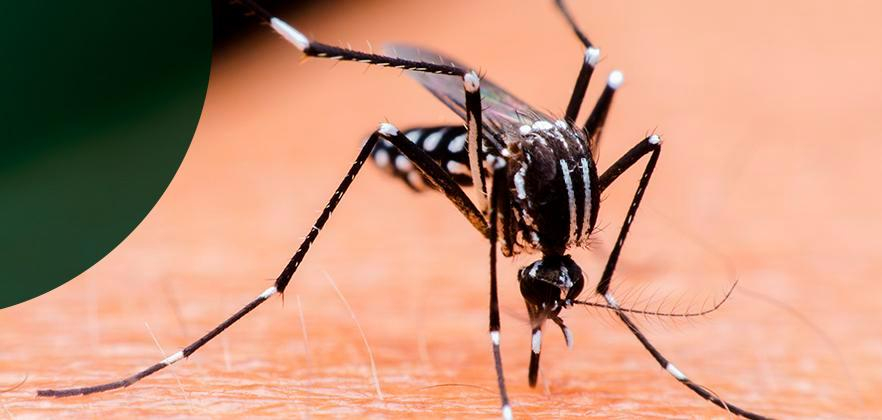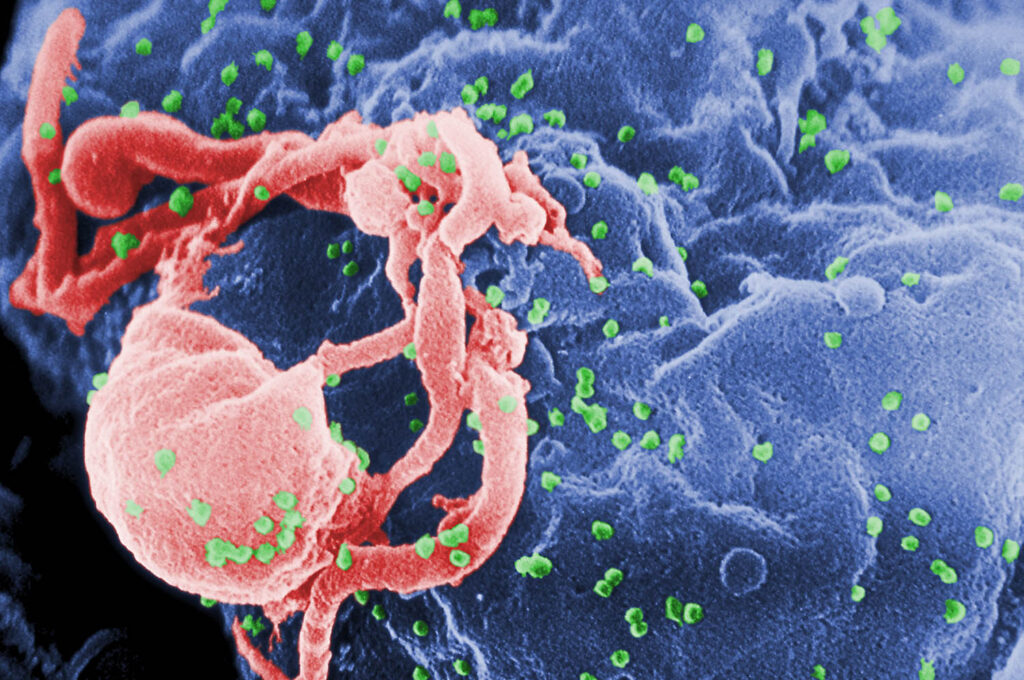Threats such as SARS-CoV-2 will continue as a result of the destruction of the habitats of animals such as bats, "loads of viruses ready to pass to humans", and increasingly closer to humans, predicts public health expert Ana Abecassis .
Physician at the Institute of Hygiene and Tropical Medicine (IHMT), in Lisbon, and leader of the team that identified Angola as the second country where the Human Immunodeficiency Virus (HIV) was detected, in 1924, after the Democratic Republic of Congo, where emerged in 1906, Ana Abecassis believes that concerns about this type of agent are here to stay.
And the blame is identified: “As long as we continue to destroy forests, we know that there is an increase in threats from emerging infectious diseases, because we are deforesting, urbanizing places where animals had their habitat and, therefore, with this proximity to animals, we run the risk of transmitting diseases to humans”.
Viruses appear at the forefront of this threat, which is nothing more than a manifestation of what experts call “one health” (the health of people closely linked to the health of animals and the common environment).
"What we know is that there are a series of diseases that threaten us a lot and all of them are viruses", he told the Lusa agency, recalling that the World Health Organization (WHO) has a list of emerging infectious diseases. nine major threats identified “are all rapidly evolving viruses and viruses”.
In recent years, he said, "if you look at the history of major epidemics or major threats, in addition to the flu – which is constantly a problem, or a potential problem – we have had Ebola, or rather, we have Ebola."
“We had Zika, which is also very worrying and which luckily has disappeared, we don't quite know how, (…) now we have SARS-CoV-2 and some time ago [2002] we had SARS-CoV,” he continued.
“If we have the potential for these viruses to pass from animals to humans, the way we live and occupy the animals' habitat, and the close contact with these animals – like the markets in China – all of this contributes” for that passage to happen.
On the other hand, he underlined, "from the moment there is the potential for the virus to pass [from the animal] to the human, we have the potential for it to quickly spread across the globe, because we are always traveling from one place to another" .
"We have a whole series of factors that, together, contribute to the threat to be very large and, yes, I believe that in the next few years we will go through some scares or in this case, it is not a scare, as it actually became a reality that we are living” with covid-19.
Without risking solutions, Ana Abecassis is certain: “What I think is that we cannot live this way. The issue is not just the viruses, it's everything. We have to go back, regardless of whether the viruses understand it or not.”
The specialist in public health and agents such as HIV warned that some species in particular are "loaded with viruses ready to pass to humans".
“It's just a matter of having the opportunity”, he warned, exemplifying with bats, a species that is full of viruses, such as the coronavirus and Ebola, but not only: “Mosquitoes are also a problem, because global warming causes there to be the expansion of the territory they occupy”.

The multiplication of mosquitoes increases the risk of contagion with the species, namely the mosquito Aedes, transmitter of dengue, Zika and chikungunya viruses.
“They only exist if they have certain environmental conditions and, therefore, their expansion has to do with global warming”, he referred.
“We had forests where animals were free and where we weren't. At the moment, these forests are scarce and they have to go somewhere and this happens mainly in Asia and in the Amazon”, he continued.
Ana Abecassis indicated that, most of the time, animals that carry the diseases do not get sick and that when the viruses are transferred to humans, they can become pathogenic.
In this entire process, he recalled, two steps are necessary: transmission from animal to man and transmission from man to man.
In this regard, he pointed out the MERS virus, a “cousin of SARS-CoV-2″, whose reservoir is the camel.
“We know that there are cases of animal-to-human transmission, with a mortality rate even higher than that of SARS-CoV-2, but then human-to-human transmission still doesn't happen. It's another threat," he said.




















Comments